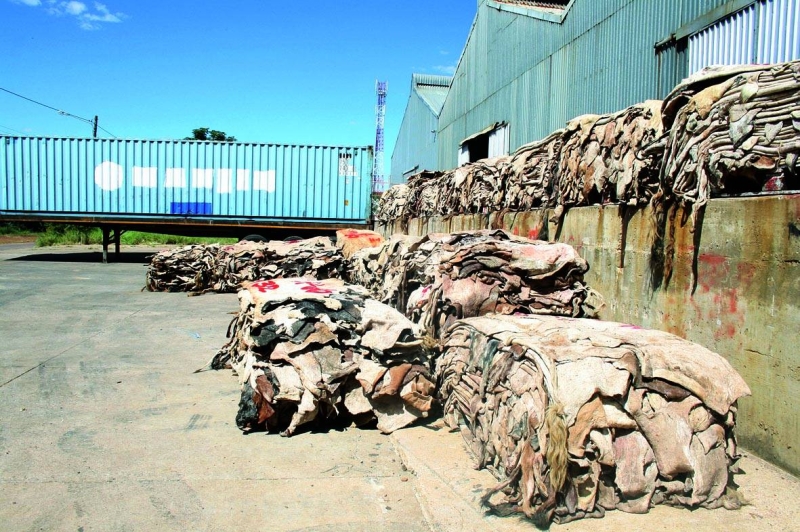BMC pumps P230m into meat, leather plant expansion
Lewanika Timothy | Thursday September 19, 2024 10:41


The facility will have capacity to produce up to 100 metric tons at full production of value-added and further processed meats such as ECCO canned foods, retail-pouched beef cuts, cured meats such as biltong, sausages and polony. Speaking at the groundbreaking ceremony of the projects, BMC CEO, David Tsheboeng, said the investment reflected the Commission’s effort to vertically integrate into the hides to high value leather products alongside processed beef and its by-products. “This facility will process hides to the wet-blue leather stage, creating a sustainable and dependable market for leather products. By localising tanning of hides and skins into high-value leather goods, we are opening up new leather ecosystem and value-chain in Botswana,” he said.
The upgraded tannery will process hides to the blue leather stage, creating new opportunities for value-added exports. This will contribute to the development of Botswana’s Lobatse Special Economic Zone (SEZ), where additional investors will be encouraged to further process wet blue leather into finished goods such as shoes, bags, car seats, and jackets.
The Leather Park has been in the pipeline since 2014 with little progress, a fact that has frustrated Lobatse authorities and residents. In 2020, Local Enterprise Authority (LEA) had said it completed the evaluation of the project and was awaiting its adjudication. By then LEA had anticipated the project to kick start in December that year. The same year, Special Economic Zone Authority (SEZA) was reported to have suggested that the leather park business case study be reviewed to ensure that the enterprise would be profitable. It emerged that the locally available leather was not enough to run a profitable operation when it comes to the Leather Park. Once operational, the park is expected to supply the private sector with hides and skin, raw to finished leather tanneries and the manufacturing of different leather products. These products include shoes, belts, jackets and others thereby playing an instrumental role in stimulating economic activity.
The leather industry strategy was developed in 2012 and by then government said the plant could employ up to 10, 000 people when fully functional. The tannery revitalisation also lays the foundation for the much awaited Lobatse Meat & Leather Park, which has been expected to attract investors to further process wet-blue leather into finished goods such as shoes, bags, jackets, and car seats. Tsheboeng further said that changes in the global market of beef have necessitated the revolution of the commission with high quality demands in international markets forcing the hand of the commission to up its ante. “For many decades, the BMC has been a cornerstone of Botswana’s economy, recognised for delivering high-quality beef to international markets.
However, as the global meat market continues to evolve, so must we. The need for greater diversification and innovation in our product offerings has never been more pressing,” he said. The new Meat Value Addition & Secondary Processing Plant will enhance the value of our beef products through advanced processing techniques. This 3, 000sqm state-of-the-art facility will empower us to diversify our offerings, ensuring we deliver premium, value-added products to both local and international markets,” he noted.
